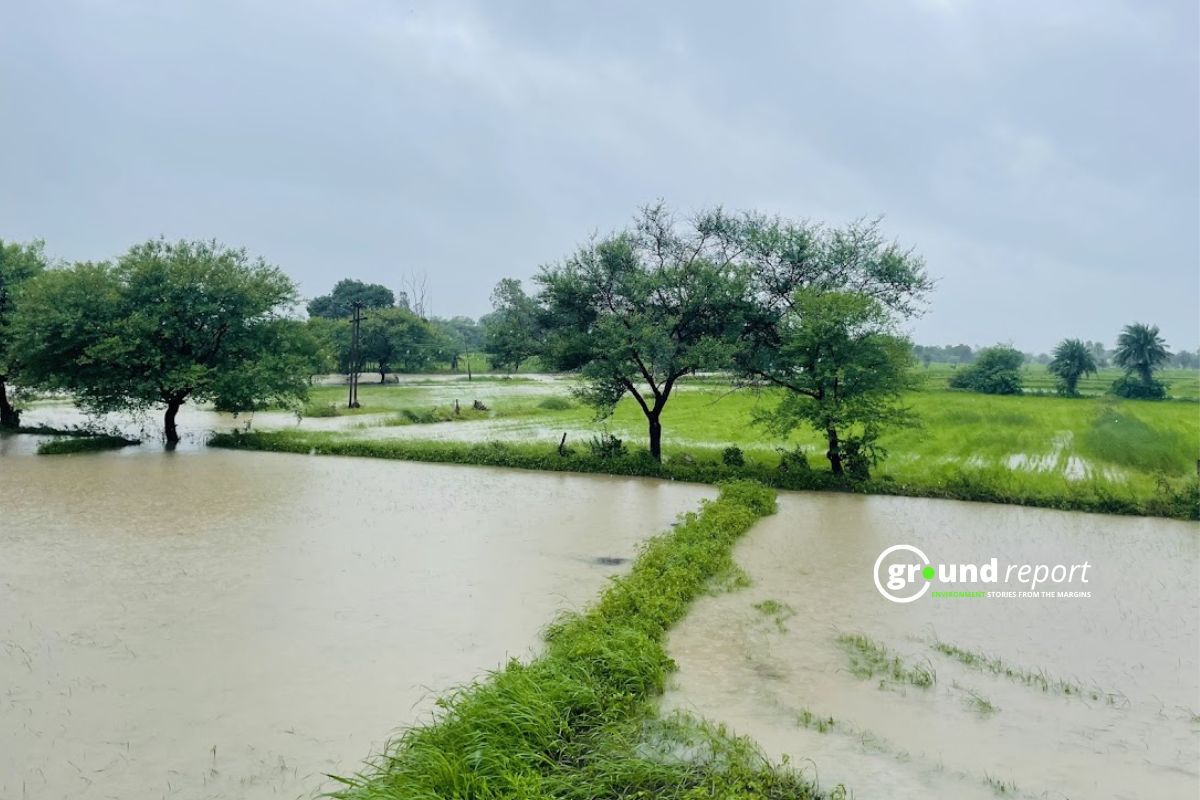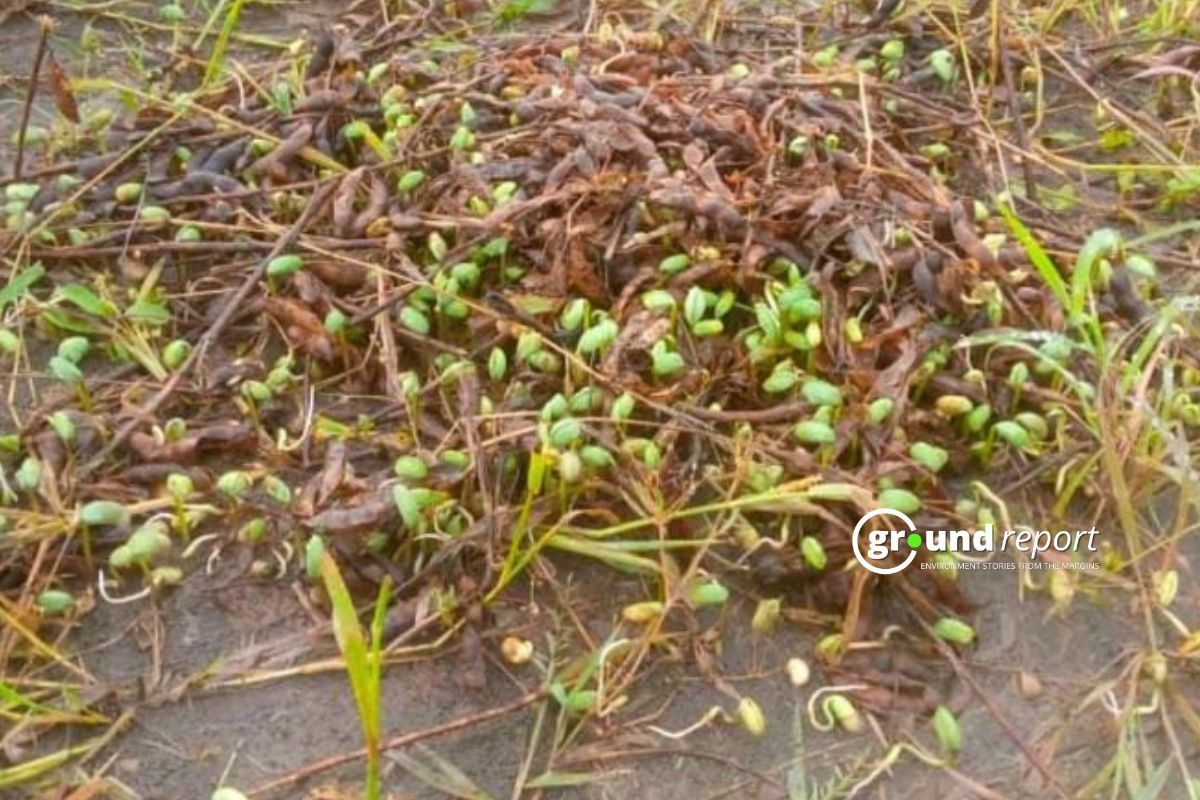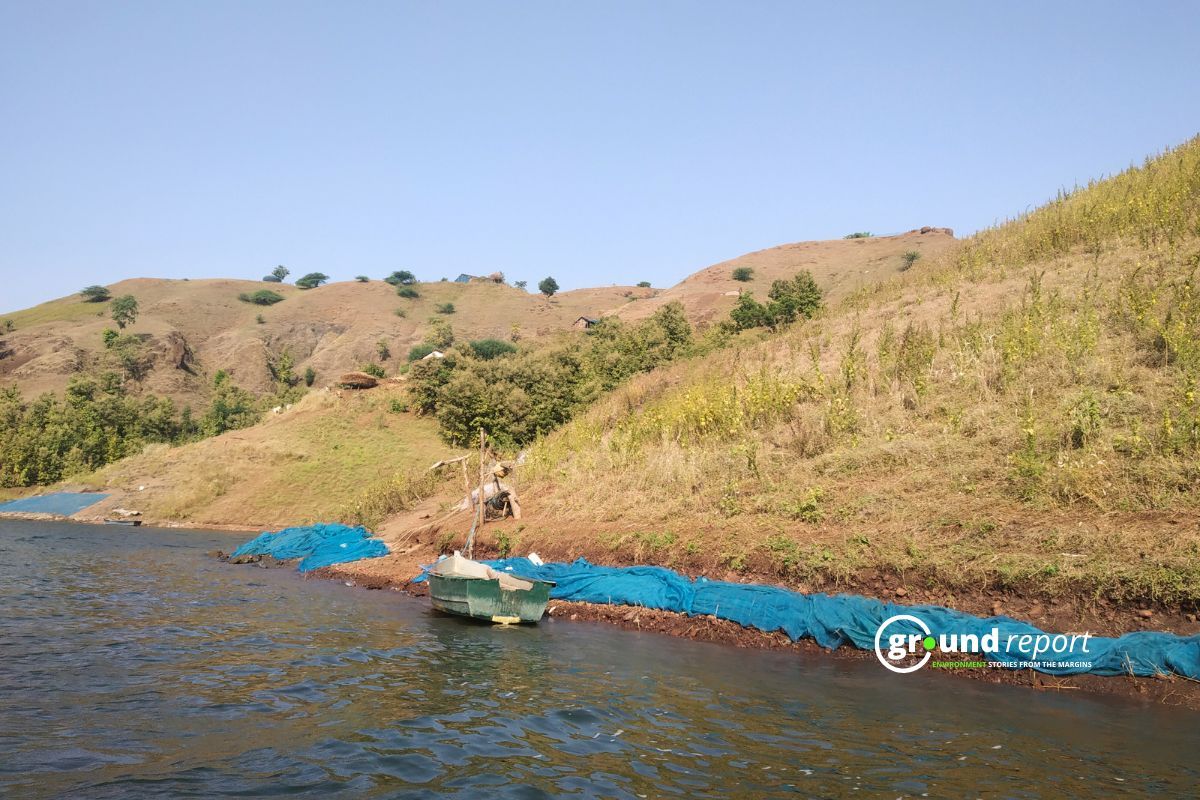After protests by soybean farmers across India, the central government decided to procure soybeans at MSP (Minimum Support Price) for the first time in 25 years. The process is nearing completion in many states, with January 2 being the last date in Madhya Pradesh. However, NAFED (National Agricultural Cooperative Marketing Federation of India) data shows farmers haven’t sold their crops at MSP. This year’s soybean procurement is 70% lower than the target.
Soybean procurement targets unmet
Madhya Pradesh is 30% behind its procurement target, while India is 76% behind. Madhya Pradesh has historically been a leading soybean producer. The central government set a high procurement target for the state. Despite this, almost all states, including Madhya Pradesh, have fallen short.
The central government set a target of storing 13.68 lakh tonnes of soybean for Madhya Pradesh. Purchasing soybean at MSP started on 25 October 2024 and ended on 2 January 2025. Only 3 lakh tonnes were collected during this period. Madhya Pradesh is about 29 percent behind its storage target.
Apart from Madhya Pradesh, the situation of other soyabean states is similar. Telangana is an exception, only 6,916 tonnes behind its target. Apart from Telangana, there is a huge gap between the target and actual collection in the rest of the states. In terms of India’s total collection, only 8.12 lakh tonnes of soyabean has been collected, whereas the target is 33.85 lakh tonnes.
Farmers in Madhya Pradesh protested against rising soybean prices, demanding MSP purchase and a price of at least Rs. 6000 per quintal. The opposition Congress party held a Nyay Yatra to pressure the government. This occurred in early September, when unexpected rains affected crops and increased expenses.
Given these events, Madhya Pradesh’s cabinet sent a proposal to the central government to purchase soybean at MSP. Accepting this proposal, Union Agriculture Minister Shivraj Singh Chauhan approved the purchase.
In September, the soybean support price was fixed at Rs 4892 per quintal. In the last week of September 2024, registration for sale to farmers started, with 3.44 lakh farmers registered. To ensure successful procurement, 1400 procurement centers were set up across the state.
The soybean sale deadline was set from October 25, 2024, to January 2, 2025. But the weather had devastated the soybean crop, resulting in low quantity and poor quality.
Why is soybean storage limited?
The Malwa and Nimar regions of Madhya Pradesh have been known for their bumper soybean production. But this year, due to uncertain weather, production has been limited, especially in Sehore and Neemuch.
Due to continuous rains at the end of September, the crops got infected with diseases. The weedicides that the farmers sowed to protect the crops couldn’t survive on the leaves due to the rain.

We spoke to many farmers from Sehore, Bhopal, and Dewas districts. Due to rain, production fell from an average of 8 quintals per acre to 1 quintal. The soybean quality didn’t meet government standards for MSP purchases. So, farmers sold the crop to private traders instead of the government.
Manohar Patel, a Thuna village farmer in Sehore, produced 8 quintals of soybean from 6 acres. The quality of this 6 quintals wasn’t good enough to sell at MSP.
We sold our crop to private traders at Rs 3800 per quintal. Now with no production, should we take the crop to the market and sell it at MSP?
What were govt’s standards?
Whenever the government buys grains from farmers, it sets quality standards. For soybeans, foreign substances and impurities should be under 2%, shrivelled, pale, and immature beans 5%, weevil-infested beans 5%, and moisture content under 12%.
But the soybeans from farmers in the state affected by seasonal events didn’t meet these standards. We talked to farmers selling their crop in the Krishi Upaj Mandi. They said poor-quality soybean is being sold for Rs. 2800 in Sehore Krishi Upaj Mandi. The farmers expected these rules to be relaxed so their crop can be sold at reasonable prices.

Some conditions were relaxed. For example, the moisture limit increased from 12 percent to 15 percent. But this effort was insufficient because the farmers’ crops were affected on a large scale.
Technical flaws hindered many farmers. Registered farmers had to book a sale slot at their nearest procurement center, but faced technical difficulties on the Madhya Pradesh e-procurement website.
Navdeep, a farmer from Jamunia village in Sehore, was frustrated with the stringent selling conditions and poor harvest. Technical glitches added to his troubles. Sharing his experience, Navdeep says,
Their terms and conditions are strict and their site isn’t working. We’ve been trying to book a slot for four days but it’s not working.
The Krishi Upaj Mandi administration was surprised by the limited soybean sales in the government market. Secretary of Sehore Krishi Upaj Mandi, Narendra Kumar Maheshwari, expected farmers to sell their produce in large quantities, but this didn’t happen. However, Maheshwari believes the reason is something else.
The farmer is coming to sell only his tainted and inferior produce. He’s kept the good produce back and won’t sell it even at MSP. He’ll sell it when soybean reaches Rs. 6000 (per quintal).
Now that soybean sales have stopped in Madhya Pradesh, they will stop in Maharashtra, Rajasthan, and Telangana by the third week of January. Soybean storage in India is about 76 percent below target. With MSP procurement ending in most states, covering such a long distance seems difficult.
Support us to keep independent environmental journalism alive in India.
Keep Reading
Watch: Kashmir experiences first snowfall of season after dry spell
Amarnath Yatra: Tackling rising death toll from extreme weather events
Tourists arrival in Kashmir break records, a need to regulate it?
From tourist paradise to waste wasteland: Sindh River Cry for help
Follow Ground Report on X, Instagram and Facebook for environmental and underreported stories from the margins. Give us feedback on our email id greport2018@gmail.com.
Don’t forget to Subscribe to our weekly newsletter, Join our community on WhatsApp, and Follow our YouTube Channel for video stories.







